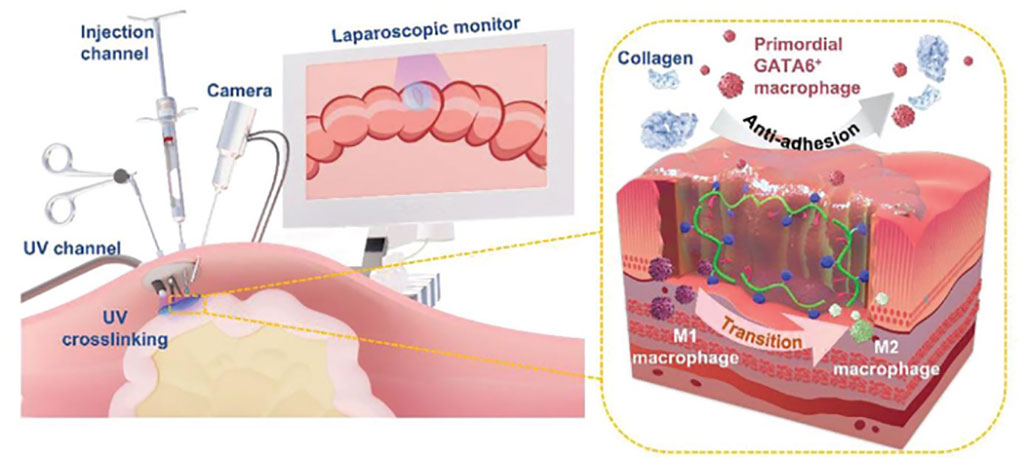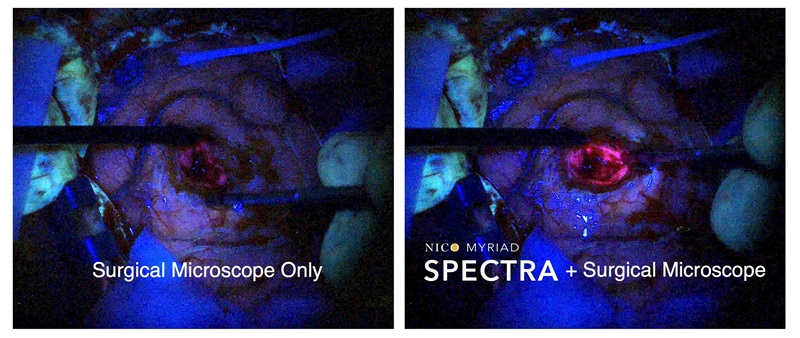Injectable Surgical Gel Prevents Scar Tissue Formation
By HospiMedica International staff writers
Posted on 10 Jan 2022
A new study shows how an adhesive hydrogel inhibits the formation of postoperative adhesions following minimally invasive surgery.Posted on 10 Jan 2022
Developed at Southern Medical University (SMU; Guangzhou, China), the Guangdong Medical 3D Printing Application Translation Engineering Technology Research Center (GM3D; China), and other institutions, the asymmetric-adhesive hydrogel is made of a photocurable catechol-grafted hyaluronic acid (HAD), which acts both as a physical barrier and as a polyanion trap that neutralizes scavenger receptors. This inhibits collagen deposition and uncontrolled recruitment of GATA6+ cavity macrophages.

Image: A novel cross-linked hydrogel can inhibit post-surgical scarring (Photo courtesy of Yaobin Wu)
Furthermore, the adhesive hydrogel significantly downregulates the expression of fibrosis-related and pro-inflammatory cytokines, and also promotes macrophage polarization. The hydrogel also exhibits superior tissue retention properties, acting as a wet adhesive on the injured tissue, while the outward-facing side is non-adherent. When tested on rats and rabbits, the hydrogel reduced post-surgical inflammations; there were no obvious adhesions 14 days after surgery, and there was no mortality. The study was published on November 18, 2021, in Advanced Functional Materials.
“Liquid or glue antiadhesive materials are injectable and can be administered easily during minimally invasive surgeries, but are often displaced and diluted in the dynamic and wet physical environment of surgical sites. This is the first time that an injectable hydrogel is designed via photo-crosslinking to control asymmetric-adhesive capability,” said senior author Yaobin Wu, of GM3D and SMU. “We set out to design and prepare an injectable barrier with superior tissue retention properties that can prevent adhesion formation following minimally invasive surgical procedures.”
Postoperative adhesions are a leading cause of female infertility, chronic pelvic pain, and intestinal obstruction. Although not commonly recognized, the incidence ranges between 55% and 95% after abdominal or pelvic surgery. It is generally considered that some people are more prone to develop postoperative adhesions than are others; unfortunately, there are no available preoperative serum markers or imaging studies that can predict occurrence, extent, or severity of such adhesions.
Related Links:
Southern Medical University












.jpg)

